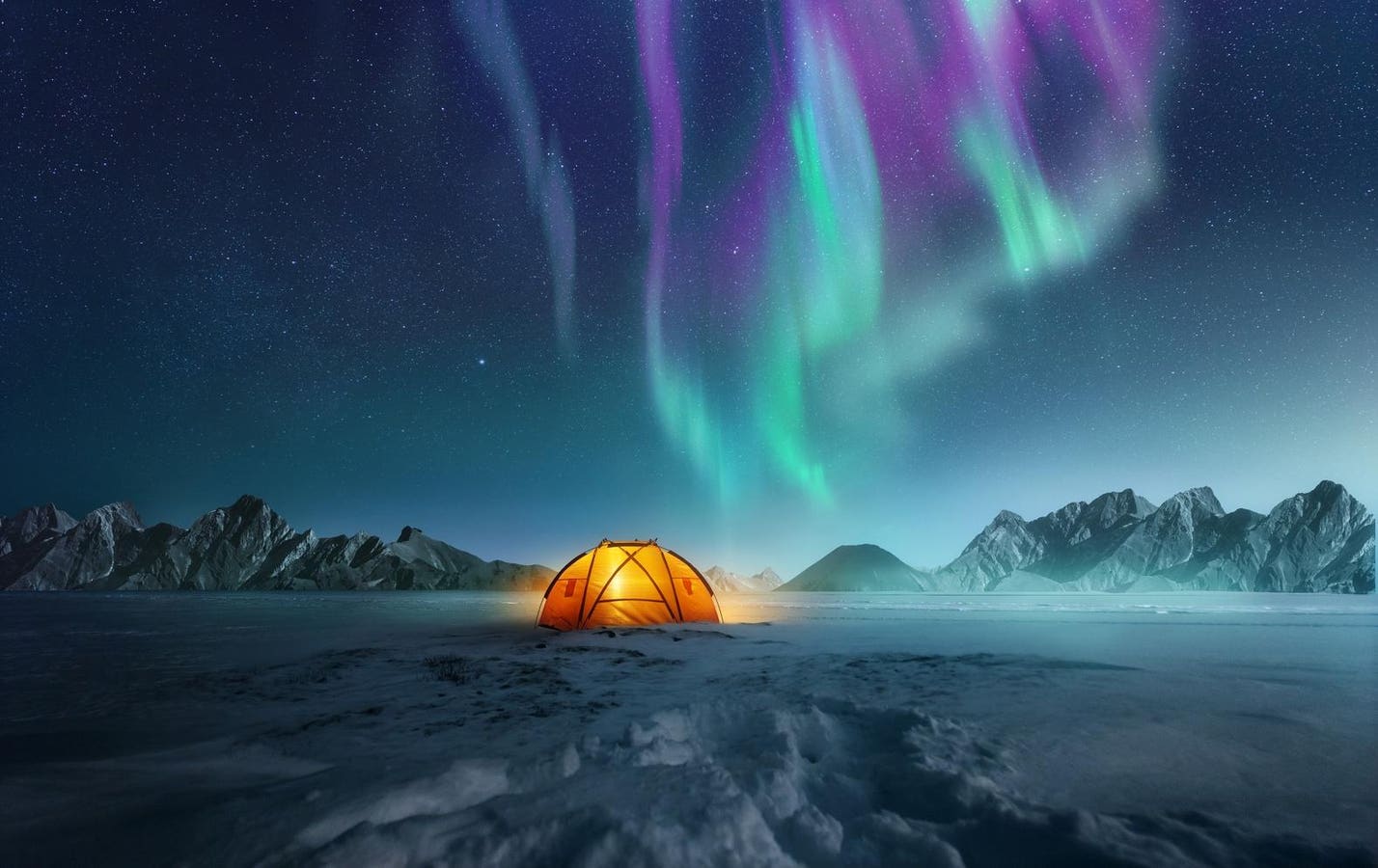In 2026, a rare solar maximum will bring the brightest and most frequent Northern Lights in over 10 years, before fading again until the mid-2030s.
getty
As 2026 approaches, skywatchers are entering a once-in-a-decade opportunity: the solar maximum. This rare event will bring the brightest and most frequent Northern Lights in over 10 years, before fading again until the mid-2030s.
Scientists predict that the solar maximum, when aurora activity is most vibrant, will be at its peak until March 2026. During this time, the Sun’s heightened magnetic activity releases charged particles that collide with Earth’s atmosphere, creating brighter and more frequent auroras.
Interest in the Northern Lights is skyrocketing, with global Google searches for “Northern lights aurora” up by 408% and “best places to see northern lights” up by 1,339% in the past month.
Holiday experts at Travel Republic have shared the top destinations to see the aurora borealis with peak viewing conditions over the next year.
Top destinations to see the Northern Lights
The best viewing regions are close to the Arctic Circle, where long, dark winters and minimal light pollution provide ideal conditions.
Iceland, Sweden, and Finland offer 200+ nights of aurora activity each year
For those eager to maximise their chances of seeing the aurora borealis, Iceland, Sweden, and Finland stand out as top choices. Each offers over 200 nights of potential Northern Lights activity each year thanks to their high-latitude locations and long, dark winters.
Top spots in Iceland include Þingvellir National Park, Jökulsárlón Glacier Lagoon, and the remote Westfjords. Sweden’s Abisko National Park and Kiruna are renowned for clear skies and reliable activity, particularly from November to March. While Finnish Lapland offers remote wilderness settings perfect for sighting, plus fun unique winter activities such as reindeer sledging or staying in glass igloos.
Norway’s ‘polar night’ offers around-the-clock aurora views
Northern Norway, including Tromsø, the Lofoten Islands, Alta, and Svalbard, is a top destination for aurora viewing. The region’s rugged Arctic landscapes, coastal vistas, and reliable conditions make each sighting especially memorable.
Northern Norway, including Tromsø, the Lofoten Islands, Alta, and Svalbard, is a top destination for aurora viewing.
getty
Svalbard, located well above the Arctic Circle between the 74th and 81st parallels, meaning it lies deep within the Arctic and has extremely long winters and very short summers, offers a particularly unique experience. From mid-November to January, it undergoes the “polar night,” when the sun never rises and darkness lasts 24 hours a day, creating near-constant opportunities for aurora displays at any hour.
Canada’s northwest territories are best visited between February and March
Canada’s northwest territories observe the Northern Lights on up to 240 nights annually, with the best viewing in February and March, complemented by extensive dark skies that enhance reliability. The Yukon and Nunavut also offer some of North America’s most consistent aurora sightings. Vast, dark skies and minimal light pollution make these regions ideal for photography and extended aurora viewing.
Alaska’s Fairbanks promises an 80% chance of seeing the Northern Lights
Fairbanks, Alaska, is one of the best places on Earth to witness the Northern Lights, with aurora activity visible on nearly four out of five clear nights during peak season. Denali National Park and areas around Anchorage also offer spectacular Northern Lights opportunities. The state’s rugged wilderness and remote settings create unforgettable aurora experiences for travelers seeking both adventure and breathtaking displays.

